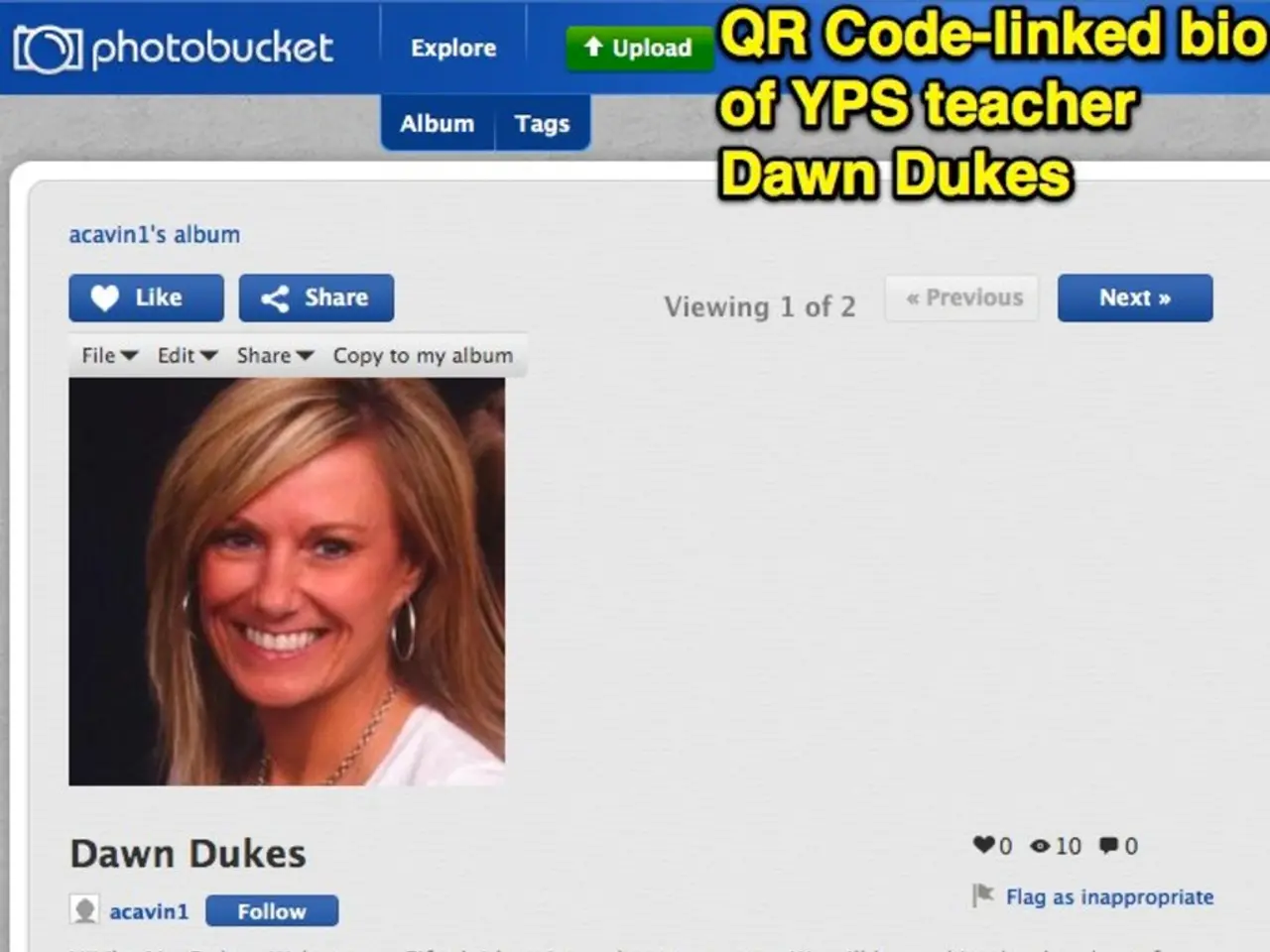Enhancing Trust in Healthcare through Social Media: 8 Effective Methods Outlined
In the digital age, healthcare providers are increasingly leveraging social media platforms to connect with patients and foster meaningful conversations. By embracing a strategic and authentic approach, healthcare institutions can humanize their brand, boost credibility, and drive patient engagement.
Selecting the Right Platforms
To reach a broad audience, healthcare providers can utilise popular platforms such as Facebook and Instagram for interactive activities like live Q&A sessions. Twitter is ideal for real-time updates and engaging with healthcare influencers, while LinkedIn serves to build professional networks. TikTok, on the other hand, can be used to reach younger demographics with concise health information [1][2][4].
Creating Compelling, Relevant Content
Developing engaging and credible content is key. This could include educational blog posts, infographics, videos, and patient testimonials. Interactive features like live videos, polls, or hashtag challenges can encourage participation and community building [1][2].
Building Community and Patient Trust
Establishing private groups on platforms like Facebook for patients with shared health concerns can foster peer support and reduce isolation. Encouraging active engagement can help build trust and authenticity [2].
Engaging Influencers and Thought Leaders
Collaborating with wellness influencers can expand reach and credibility. Engaging with respected voices in healthcare enriches conversations and introduces your services to wider audiences [2][1].
Ensuring Compliance with Privacy and Advertising Standards
Adhering strictly to HIPAA and other relevant regulations is crucial when handling patient information and marketing messages. Targeted advertising should be used responsibly, keeping messages factual and non-misleading, and HIPAA-compliant tools should be employed, especially in email automation and patient segmentation [3][4].
Monitoring and Adapting Strategy Using Analytics
Regularly tracking engagement metrics and feedback via analytics tools like Hootsuite can help understand what resonates best with the audience and adjust content and outreach strategies accordingly for continuous improvement [2][3].
Embracing Authenticity and Compassion
Authenticity is crucial in creating a digital community that reflects the heart of a practice. Establishing a unified system to monitor all interactions across platforms and ensure timely, compassionate responses is necessary [5].
By following these key steps, healthcare providers can build a trustworthy online presence that engages patients meaningfully while maintaining compliance and authenticity.
Sources: [1],[2],[3],[4],[5]
- Healthcare providers can leverage social media platforms like Twitter, LinkedIn, Facebook, Instagram, and even TikTok, to not only discuss health-and-wellness topics but also engage with entertainment influencers, helping to expand their reach and credibility.
- To create engaging and meaningful conversations, healthcare providers might want to consider sharing various types of content, including educational blog posts, infographics, videos, and patient testimonials, all while maintaining authenticity and ensuring compliance with privacy and advertising standards.




